Ardgowan House: An 'almost miraculous' survival with a fascinating history
Ardgowan House in Renfrewshire, the seat of Sir Ludovic Shaw Stewart, is a remarkable building that's coming back to life, as John Goodall reports.
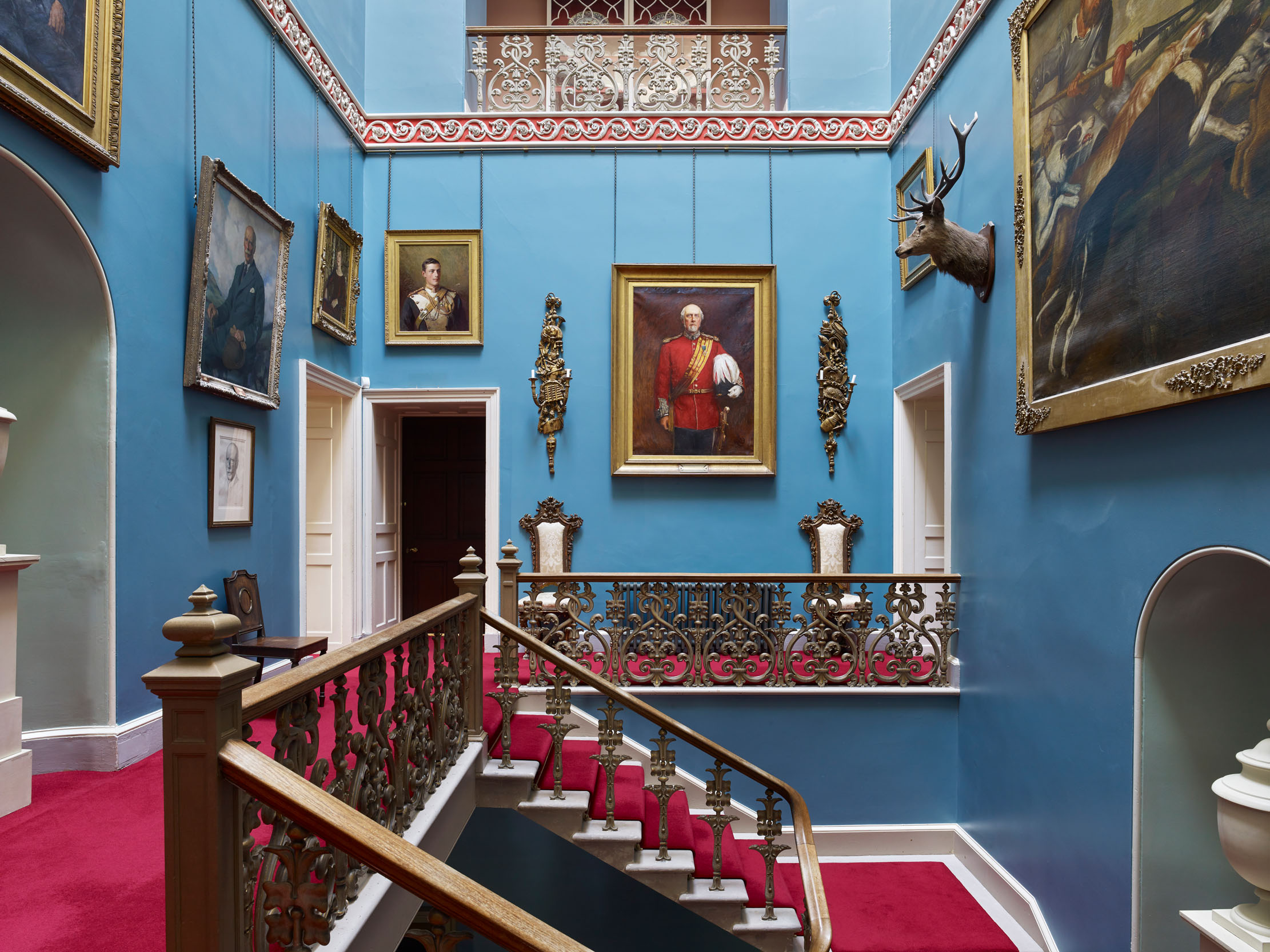

Ardgowan is an almost miraculous survival: an outstanding Regency house set in parkland amid the sprawling development that extends along the south side of the Firth of Clyde from Glasgow. Through the efforts of two generations of the Shaw Stewart family, it is now emerging from a difficult 20th century and relative obscurity.
It has an extraordinary story to tell. The association of the Shaw Stewarts with the estate can be traced back to 1404, when Robert III, King of Scotland, granted Ardgowan to his natural son, John Stewart, as part of a wider reorganisation of the Barony of Renfrew (which became Renfrewshire).
John presumably assumed possession of an existing residence on the site: Inverkip Castle, which took its name from the village immediately south of Ardgowan on the banks of the Firth of Clyde.
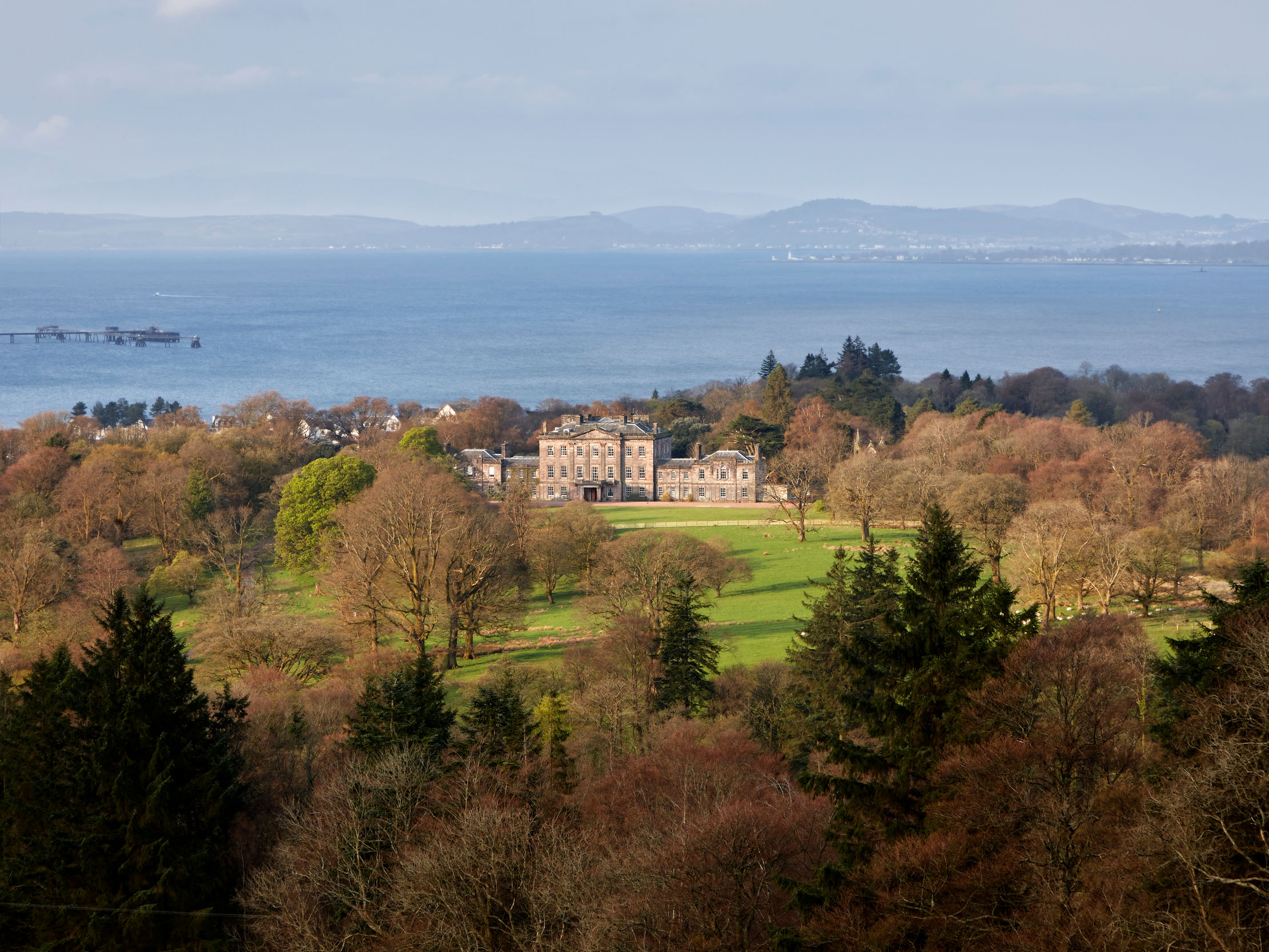
This castle emerges from historical obscurity during the Anglo-Scottish wars of the early 14th century, when its direct connection to the sea made it a useful English base. In 1304, for example, Robert Bruce, Earl of Carrick, wrote to Edward I (whom he was then serving) explaining that he could not find a cart big enough to move the frame of a ‘great engine’ or catapult at Inverkip. Presumably, it had arrived by ship. The King wrote back to urge its immediate delivery, together with stone shot and lead counterweights, for the siege of Stirling.
Nothing is securely known about the form or architectural development of Inverkip Castle. It could, indeed, have stood on a different site altogether. Nevertheless, it is presumed that a medieval tower about 200 yards south of Ardgowan House formed part of the castle’s late-medieval fortifications. Certainly, it stands on a commanding site protected by steep slopes.
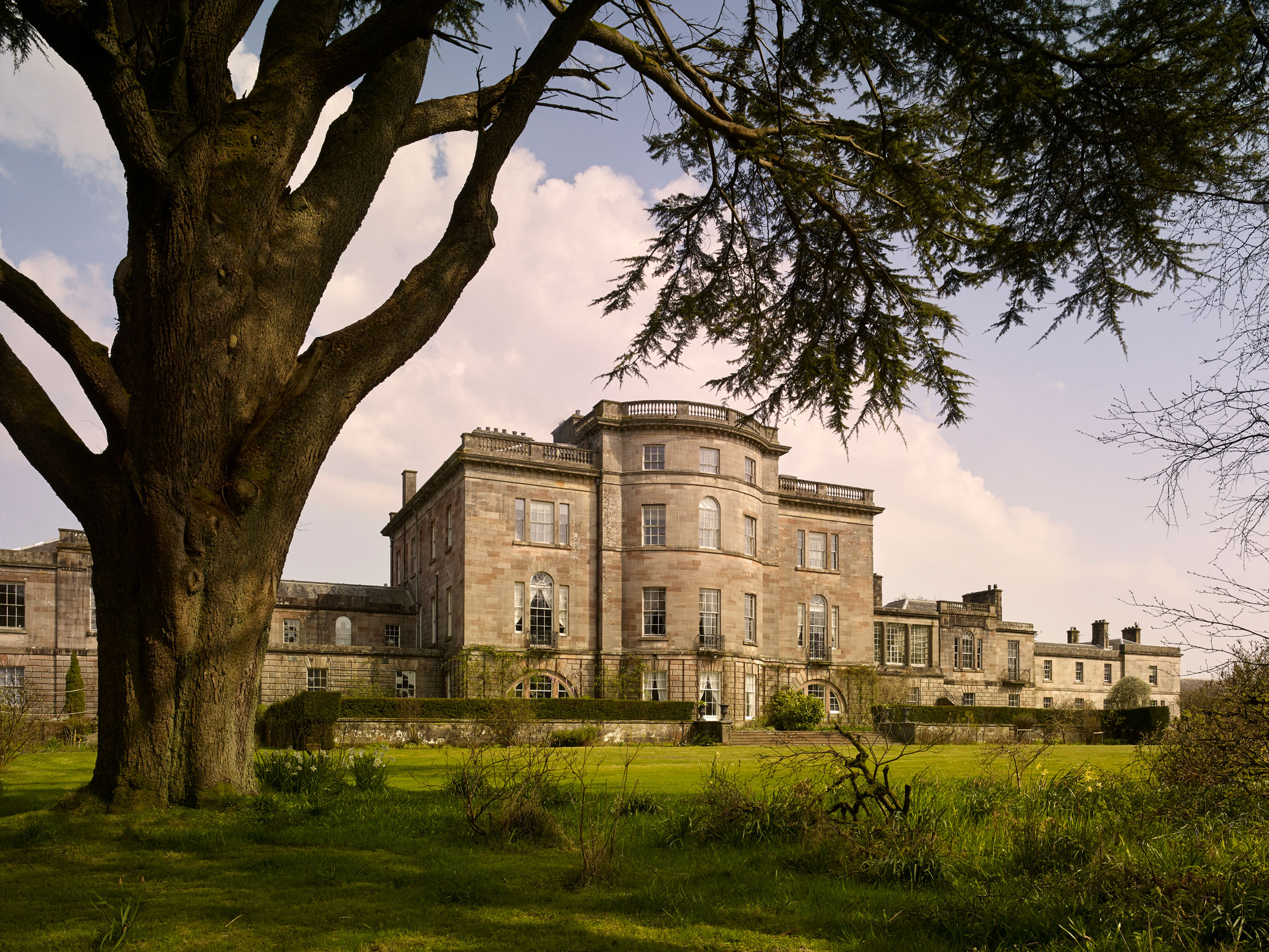
The form and detailing of the tower suggest that it was built in the late 15th century and formed part of a larger complex of buildings. It seems to be identified in the Hearth Tax return of 1694 as ‘a mantion house’ of 15 hearths in the parish of Inverkip.
The building had been recently modernised when George Crawfurd compiled his General Description of the County of Renfrew (1710). ‘The House of Ardgowan,’ he wrote ‘consisting of an old tower, to which there have been lately lower buildings added, adorned with pleasant planting, the principal seat of Sir Archibald Stewart of Blackhall.’ There is a crude engraving of this building by D.B. Pyet of about 1790, showing the tower with a projecting L-shaped range. There also survives a formal garden plan that might record the ‘pleasant planting’.
Sign up for the Country Life Newsletter
Exquisite houses, the beauty of Nature, and how to get the most from your life, straight to your inbox.
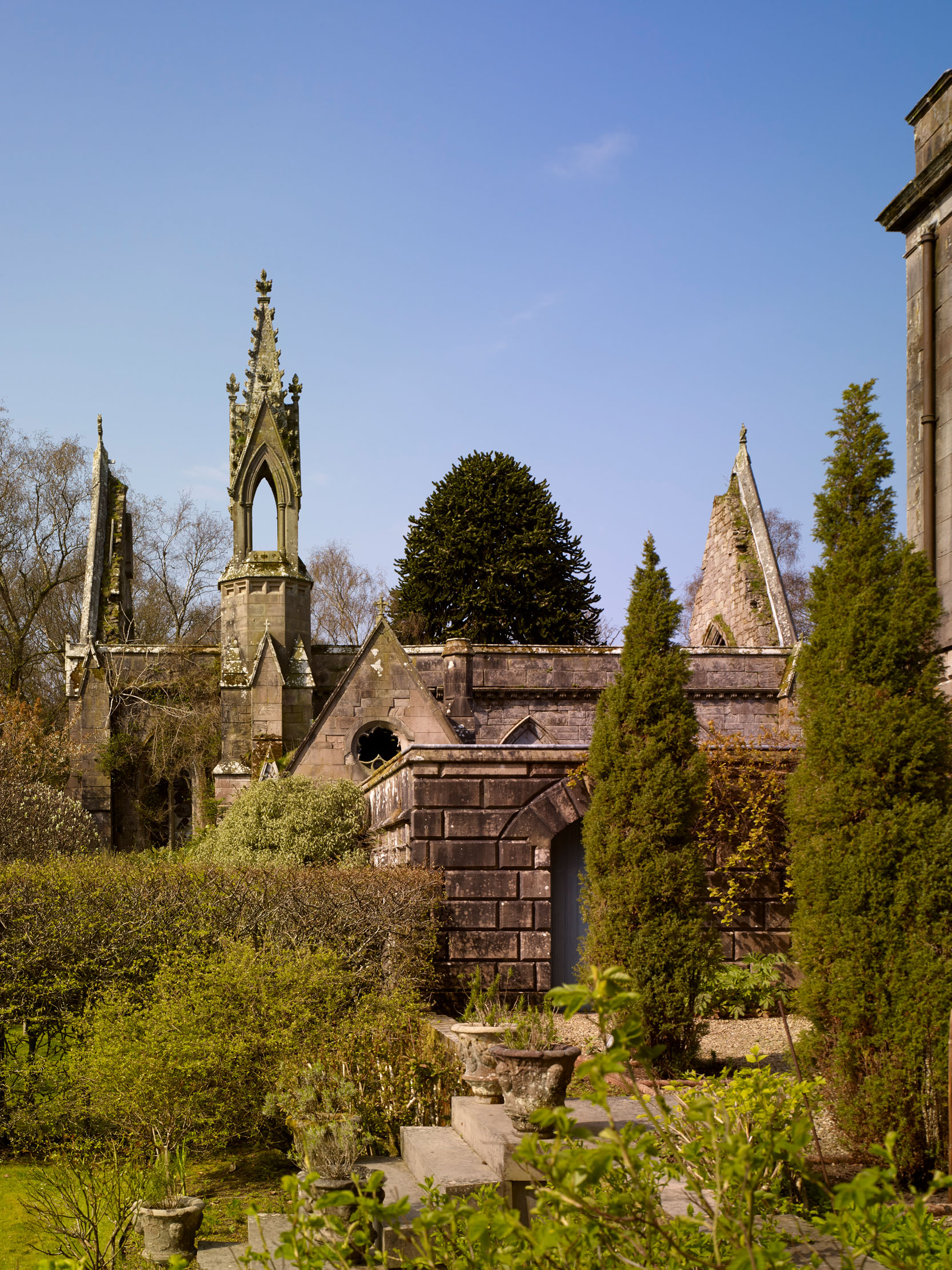
A sundial dated 1699 in the gardens suggests an exact date for the recent work that Crawfurd noted. This was the year before Sir Archibald, who had received his baronetcy of Nova Scotia in 1667, boosted the fortunes of Inverkip by securing a market charter for the village.
The Renfrewshire that Crawfurd knew in the early 18th century was made modestly wealthy from fishing, the herring here being described by him as ‘larger, firmer, and of better taste and taking better with the salt, than any other the kingdom affords’.
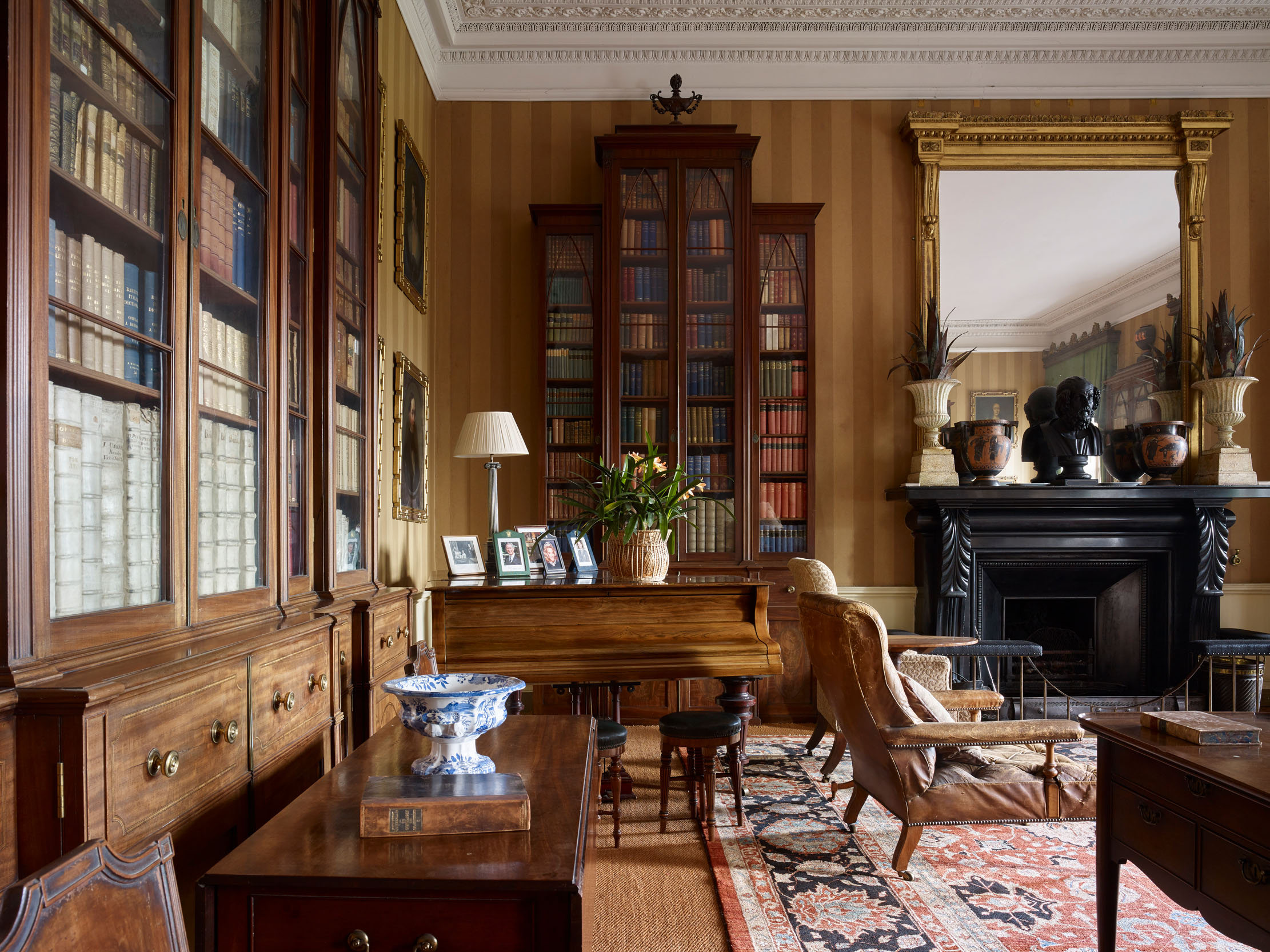
As the years progressed, however, the Firth of Clyde grew rich on the proceeds of Atlantic trade. In 1707, a new harbour was begun at neighbouring Greenock and the population expanded from about 3,000 in 1750 to 22,500 in 1811, Scotland’s sixth largest settlement.
The Stewarts were happily placed to enjoy this prosperity. Sir Archibald was succeeded by two sons, the younger of whom, Sir Michael, 3rd Baronet, studied abroad and married an heiress, Helenor Houston. It is possible that he built a new house at Ardgowan because Sir William Burrell noted, in 1758, ‘a pretty modern house belonging to Sir Michael Stewart, seated on an eminence at the entrance of a fertile vale which reaches to Greenock’.
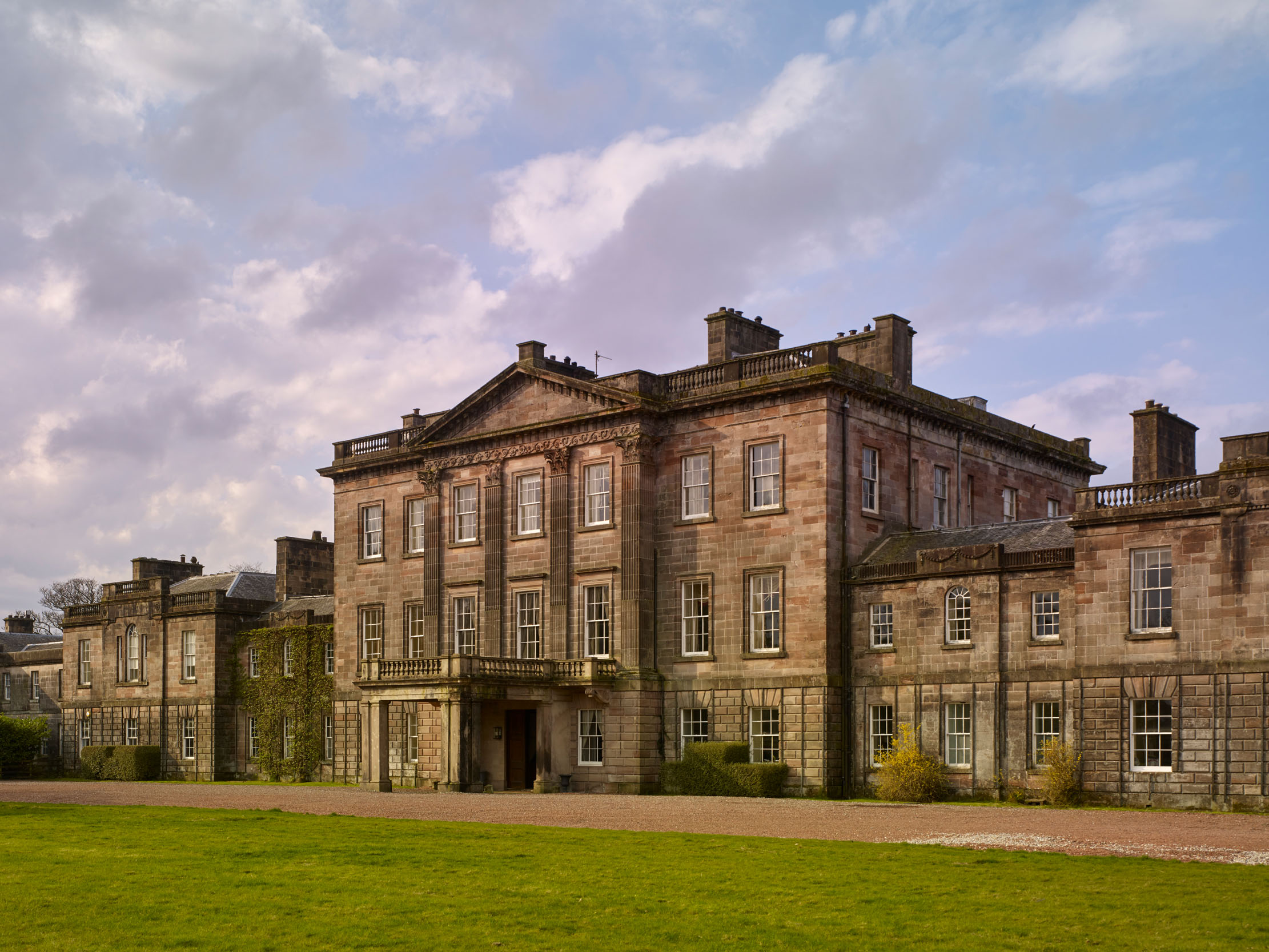
If so, this mysterious building was soon to be superseded. In 1752, through Helenor, Sir Michael’s two eldest sons, John and Houston, respectively inherited two further patrimonies: the entailed estates of the Shaw family of Greenock and the Houstons of Houston. John, described by the writer James Boswell as a ‘lively, good-natured, rattling’ young man, now assumed the name Shaw Stewart and, soon afterwards, went on a Grand Tour and was painted in Rome by Batoni.
On his return, he entered into politics and twice secured election as MP for Renfrewshire in 1780–03 and 1786–96; he was a close friend and supporter of opposition leader Charles James Fox. In 1786, he further consolidated his local interests by his marriage to Frances, the widow of another Renfrewshire baronet, James Maxwell of Pollock.
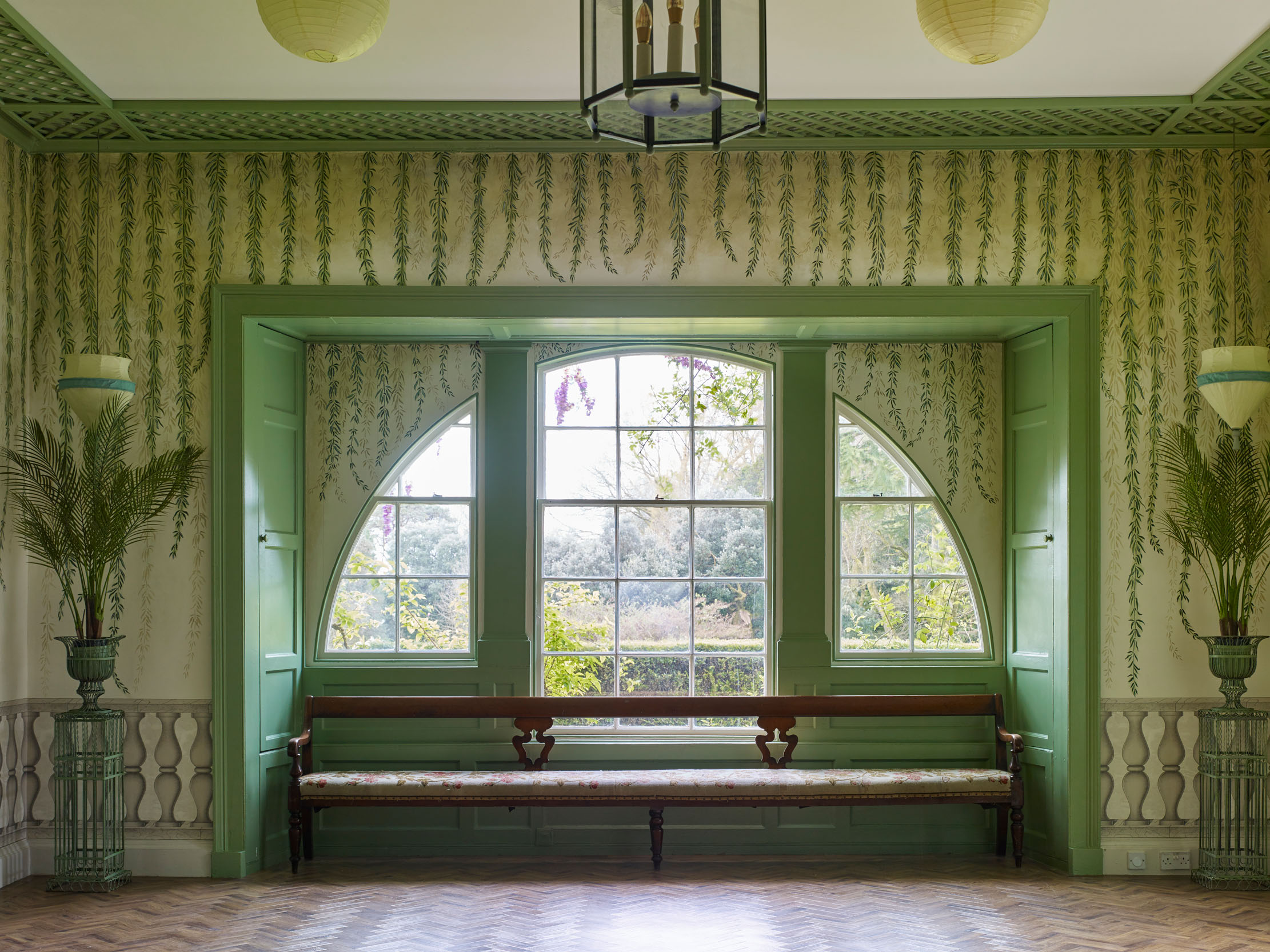
On October 20, 1796, John’s father died at the age of 84. This coincided with the collapse of the ‘Foxite’ interest in Parlia-ment and John, now the 4th Baronet, did not stand for election that year. Instead, he began to plan a new seat for himself at Ardgowan. Strikingly, he did not turn to a fashionable London architect, but to professionals from Edinburgh.
Claud Cleghorn, a builder of modest standing, drew up plans for a Palladian house. It comprised a central block, with two projecting wings terminating in low pavilions. The public rooms — for which he offered two possible alternative layouts — were raised to first-floor level above a service basement. Externally, the central block had a rusticated base and both principal façades were articulated with pediments.
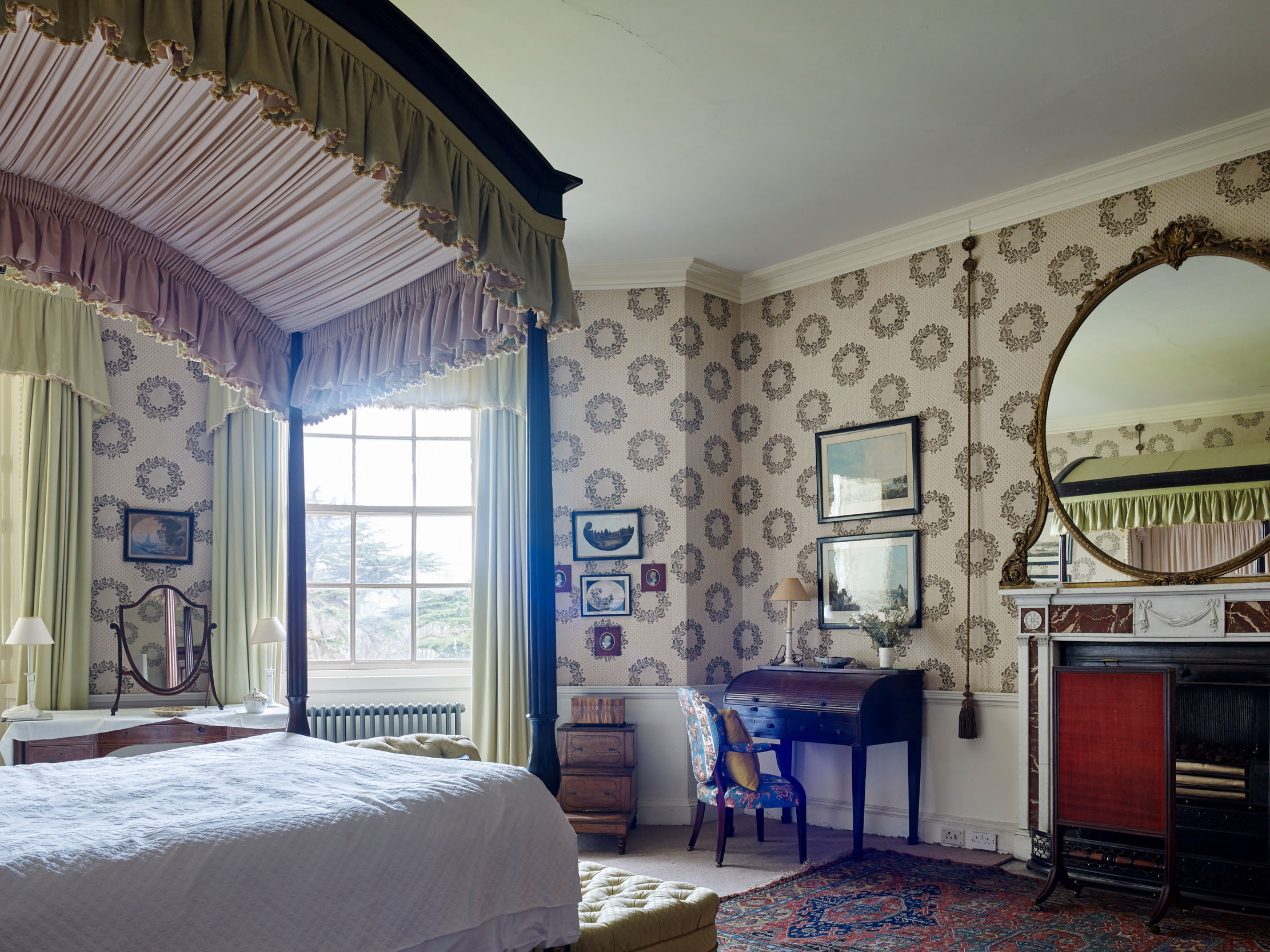
Cleghorn’s designs, signed and dated 1797, were never executed. Preserved with them in the collection of the Yale Centre for British Art, however, is another set of drawings for Ardgowan that were realised. These are dated 1797 and signed by Hugh Cairncross, who had worked as an assistant of Robert Adam at Culzean Castle, Ayrshire; the experience possibly secured this commission.
In fact, his plans were very similar to those of his rival (perhaps Sir John stipulated the form of the building), the chief point of contrast being Cairnross’s inclusion of a large bow to the rear of the house. Importantly, this bow is clearly visible on the undated plan for the landscaping of the park by James Ramsey. He created a naturalised setting, with drives to take advantage of the views. The contractor who actually built Ardgowan House was presumably another signatory of Cairncross’s drawings, one ‘James Bogle and Co[mpan]y’, perhaps a Glasgow builder.
The progress of the works is concisely recorded on a pewter tablet that is still preserved in the dining room today: ‘The House of Ardgowan. Begun 10th April 1798, finished 13th Novr 1801. The garden begun 10th April 1798, finished 1799. The offices begun 1801, finished 1804. The whole built by Sir John Shaw Stewart Bart. of Greenock and Blackhall.’ Was April 10 of some personal significance or symbolic as the 100th day of the year?
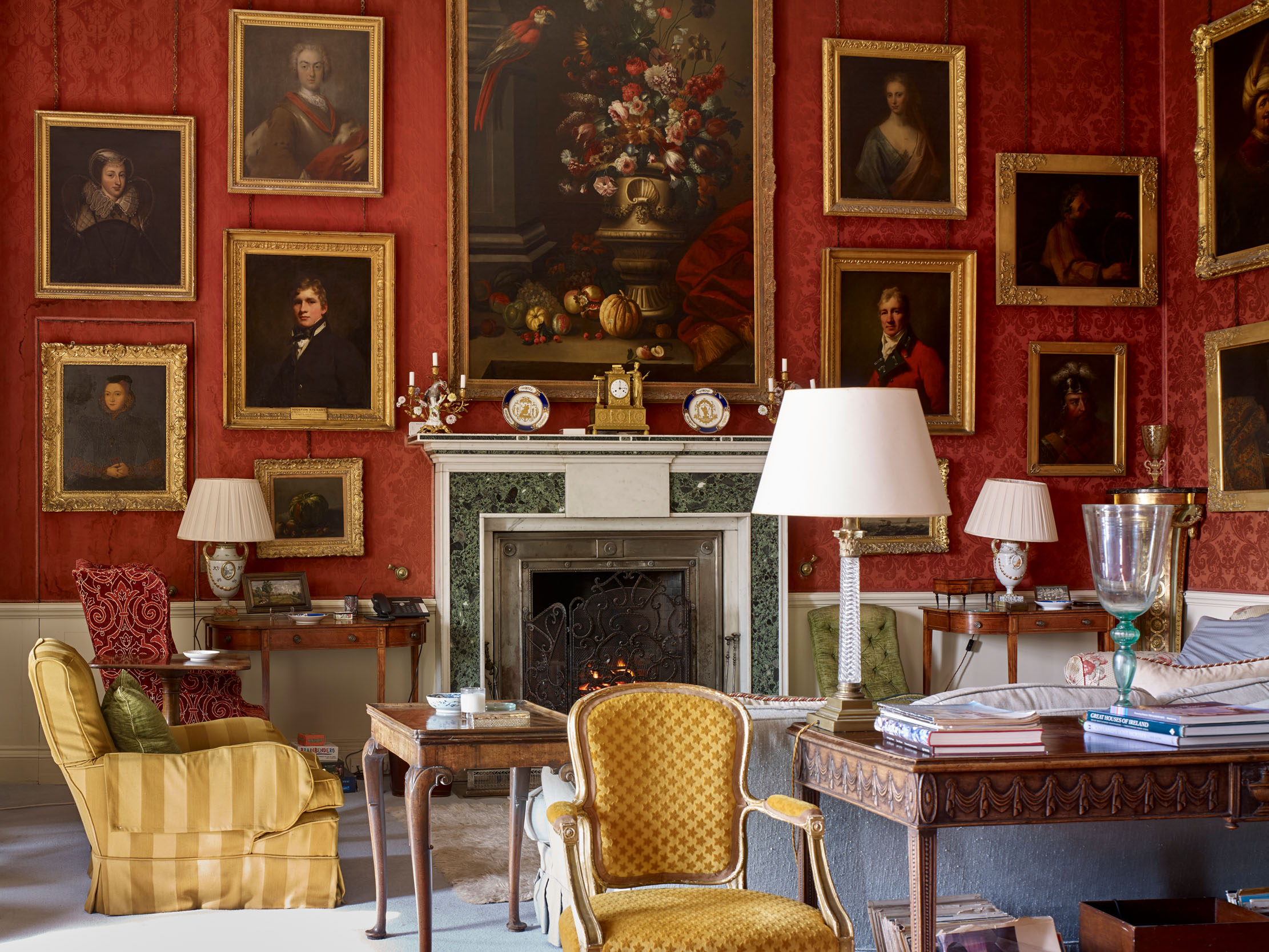
From 1802, Sir John also began to furnish the new house with the help of Gillows of Lancaster; the firm continued to submit bills for its work to Argowan until 1814. Of particular note is the set of library bookcases, commissioned in 1802, which was origin-ally installed in what is now the Green Room. Sir John died in 1812 and the estate passed to his nephew, Sir Michael, 5th Baronet, who now emerged as the largest landholder in Renfrewshire. He switched the focus of the family’s commercial activities from the Baltic to the West India trade and to the exploitation of the Houston family plantations in Tobago.
All these interests passed to his son and namesake, Sir Michael, 6th Baronet. He went on the Grand Tour in 1813–16 and kept a diary of his travels (Country Life, February 27, 1986). In 1830, Sir Michael was returned as MP for Renfrewshire and it was perhaps as a consequence that he turned to the architect William Burn in 1831–32 to make improvements to the house. Burn reconfigured the interior in conventional 19th-century form with a central circulation space around the stairwell.
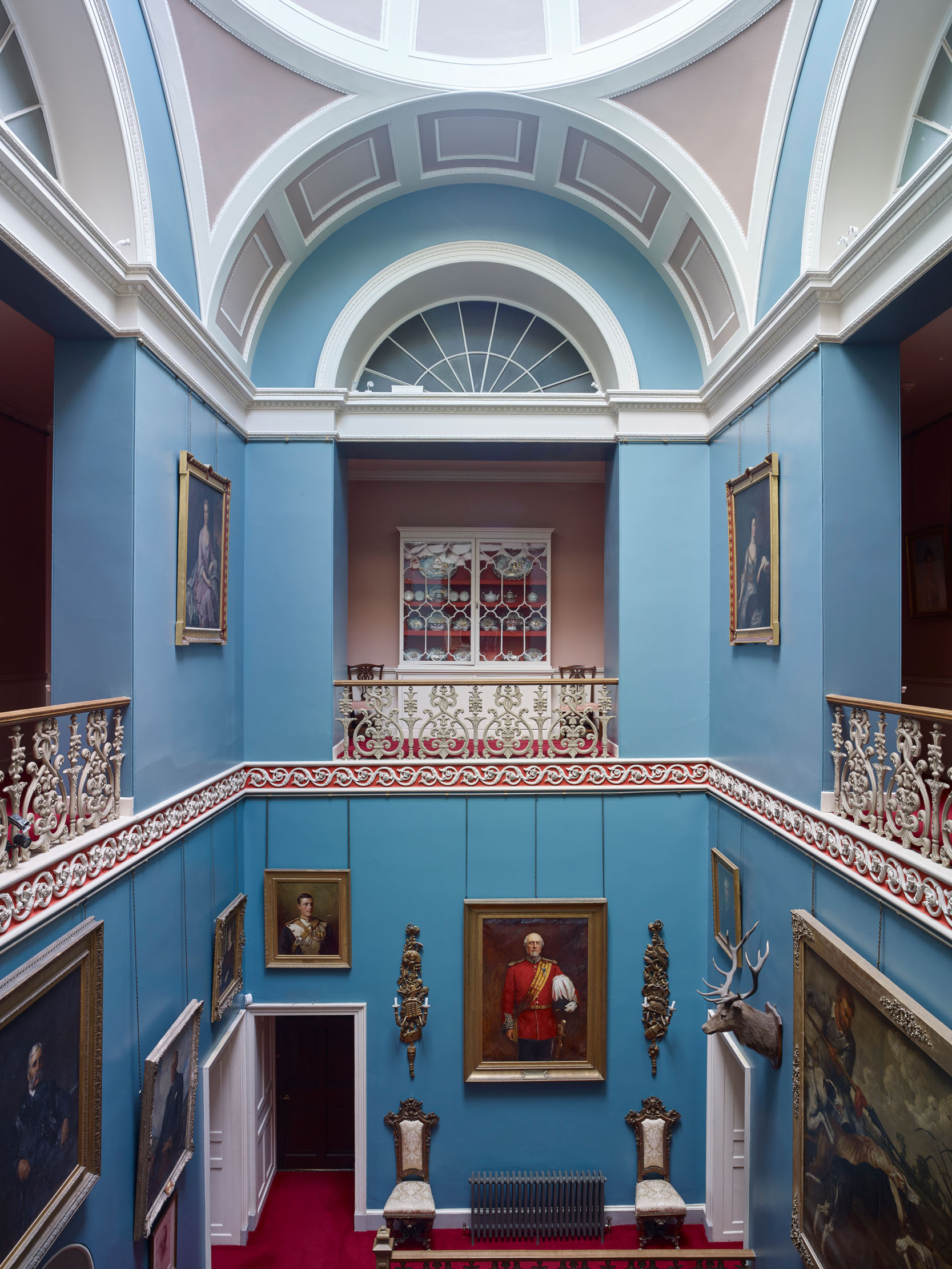
He also dropped the main entrance to ground level and covered it with a porte cochère, which is clearly shown on a Ordnance Survey map of 1857. Sir Michael’s son and namesake, the 7th Baronet, inherited at the age of 10 in 1836. Following his marriage in 1852 to Lady Octavia Grosvenor, a daughter of the 2nd Marquess of Westminster, the grounds underwent important changes, with new summer houses, walks and a formal garden. Lady Octavia’s gardener was brought to Ardgowan from Eaton Hall to oversee them and Burn designed a new cottage for him.
The High Church sympathies of the Grosvenors also demanded that a chapel be constructed beside the house at the direction of perhaps the outstanding Tractarian architect of the period in Scotland, John Henderson. The designs for this small Gothic building, compiled with his assistant William Hay and dated 1854, survive.
The chapel is now a shell and the passage that connected it to the house has been demolished. In 1862, Burn was invited back to make minor alterations and further changes were contemplated in the 1880s. It was probably in this period that a first-floor iron balcony with stairs was wrapped round the back of the house, providing access from the main rooms to the garden. This unexpected structure was dismantled in 1904 when Robert Lorimer modernised the house for Sir Hugh, 8th Baronet.
In its place, Thomas Hadden of Edinburgh created a series of window balconies and Lorimer also added a conservatory. Lady Alice, Sir Hugh’s wife, was a colourful figure, a bibliophile, collector and traveller, who enjoyed a remarkable social circle. The house served as an auxilary hospital during the First World War and a naval hospital during the Second World War. In the latter conflict, it was nearly hit by a bomb, which blew out all the east-facing windows.
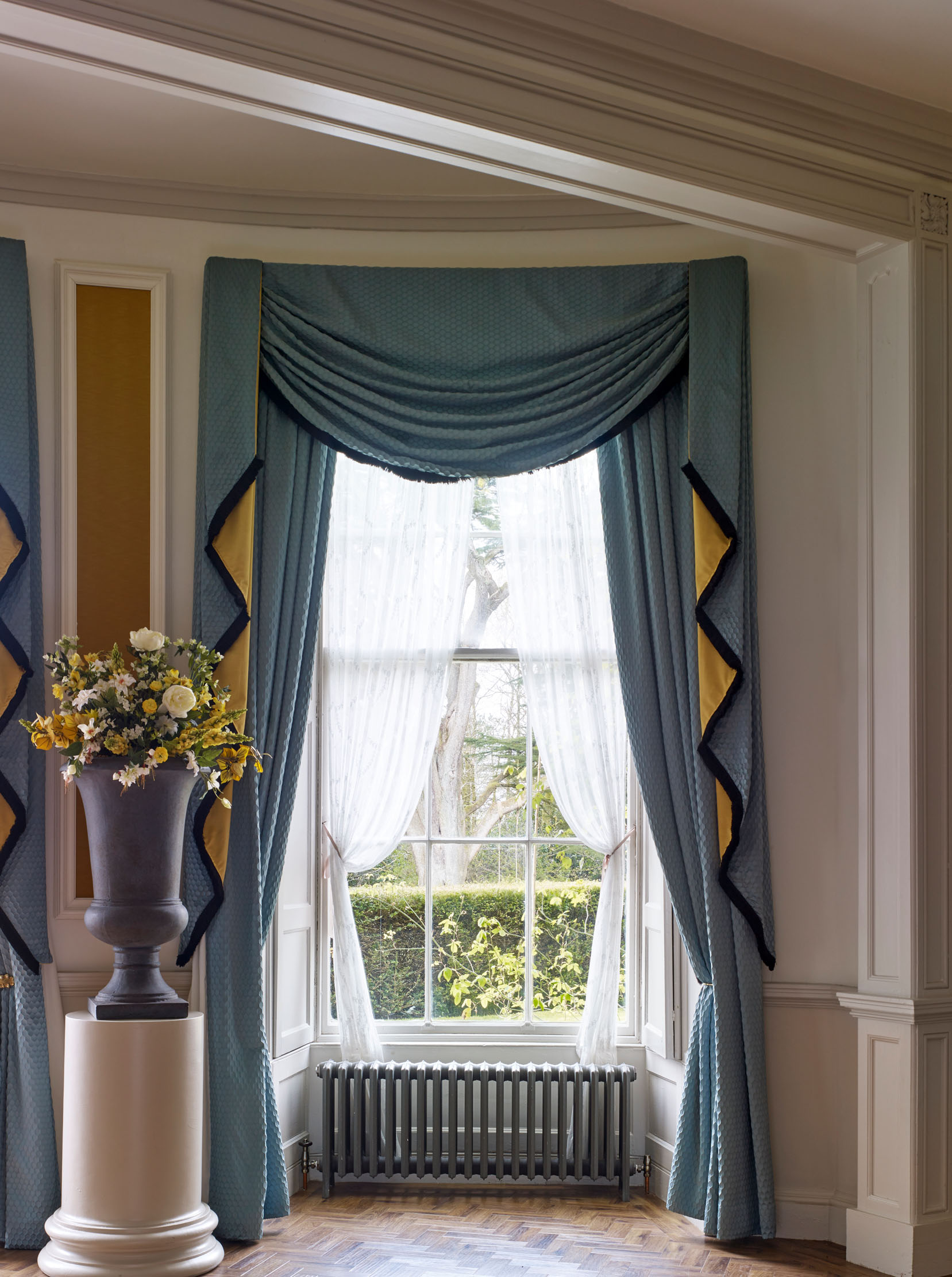
During the straitened postwar years, only the main block of the house was occupied and the wings became derelict. Some furniture was also sold, including the Gillows drawing-room furniture and the state bed. This gradual decline was finally arrested in the 1980s, when Sir Houston Shaw Stewart, 11th Baronet, and his wife, Lucinda, made a determined start on restoring the house. The couple initially focused on the main block, rehanging the drawing room with Alec Cobbe in 1983.
Mr Cobbe also redecorated the hall with his assistants Edward Bulmer and Michael Dillon. Particular efforts were made to restore bedrooms so that the house could be used for residential art courses. Lady Shaw Stewart also used the house as the base of a new business, Ardgowan Antiques. The present library was created in 1985 and its contents catalogued by NADFAS. Soon afterwards, in 1990, the dining room was renovated with the advice of Charles Beresford-Clark.
Others involved in the improvements included Gervase Jackson Stops, John Cornforth, Melissa Wyndham, Jonathan Bourne and George Carter. Some of the family papers were deposited in the Mitchell Library, Glasgow. Over the same period, attention turned to the restoration of the derelict wings. The one to the north, which by now had a tree growing through the middle of it, was re-roofed, floored and plastered by 1986. That to the south was stripped out and treated for dry rot. The rot had destroyed all the timber lintels and the whole structure was shored up and stabilised under the careful eye of Jimmy Macphail, the estate carpenter, who was a crucial figure in overseeing repairs. Now, his assistant, Colin Kehrer, carries on the work.
Since 2014, responsibility for the estate has passed to Ludovic, 12th Baronet, who has further built on his parents’ achievements. He has opened the house for weddings, events and private tours, creating a series of stylish new rooms for the purpose, including the Willow Room, the Myrtle Room and the Sculpture Gallery, the former library.
The present decoration of the main stair is a legacy from the BBC’s filming of Ordeal by Innocence at the house in 2018. There are also plans for a £17 million distillery in the estate home farm. Now Ardgowan is back on its feet again, it will be fascinating to see what happens here next.
For further information on visiting and staying at Ardgowan House, Renfrewshire, telephone 01475 521656 or visit www.ardgowan.co.uk
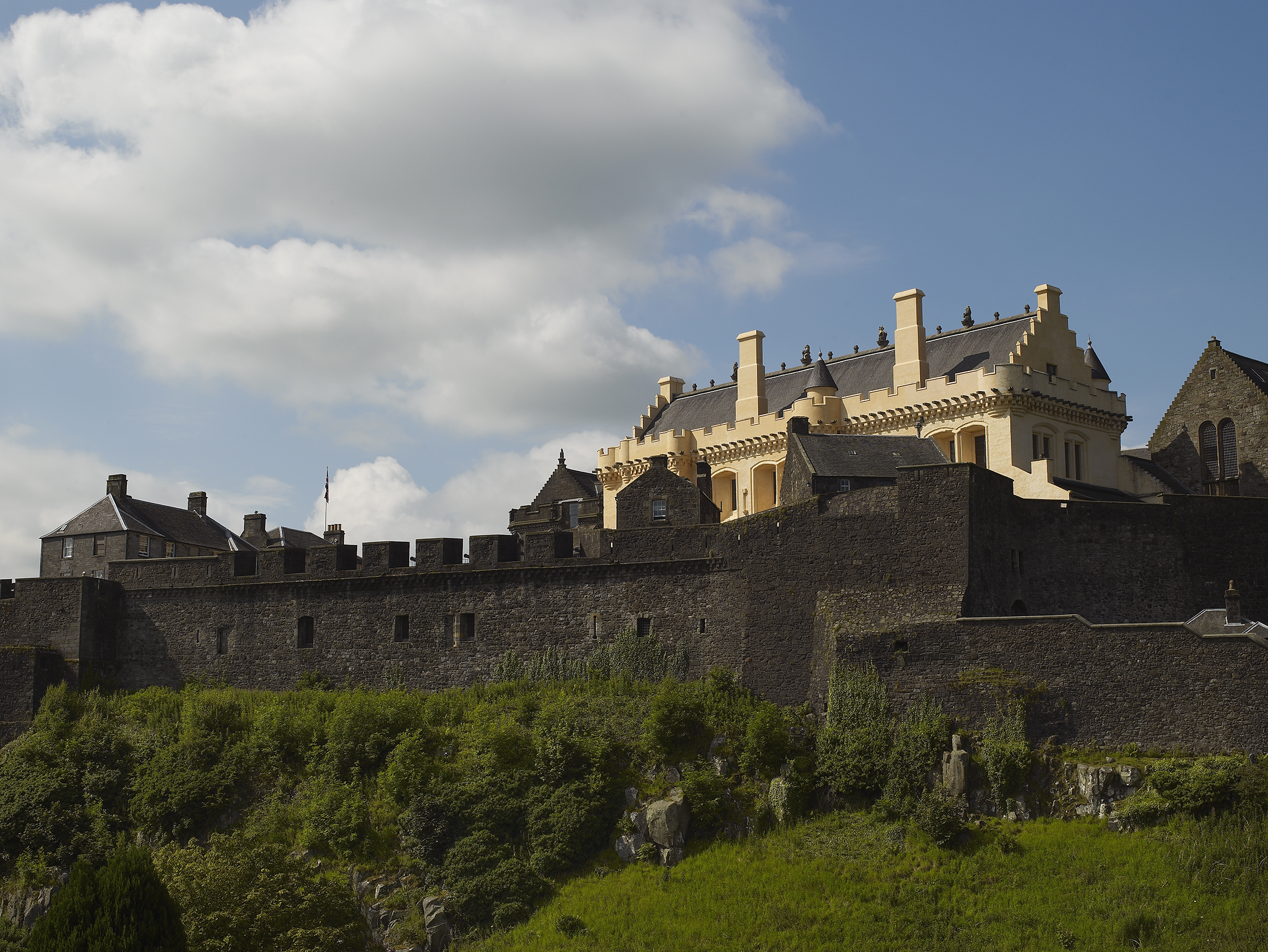
Stirling Castle: Renaissance of a Royal Palace
It was within sight of Stirling Castle that two of the most famous Scottish victories over the English were won.

Traquair House: The Tightrope of Power by John Goodall
A great Lowland house in Peebleshire offers a fascinating insight into the eventful history of its owning family. John Goodall
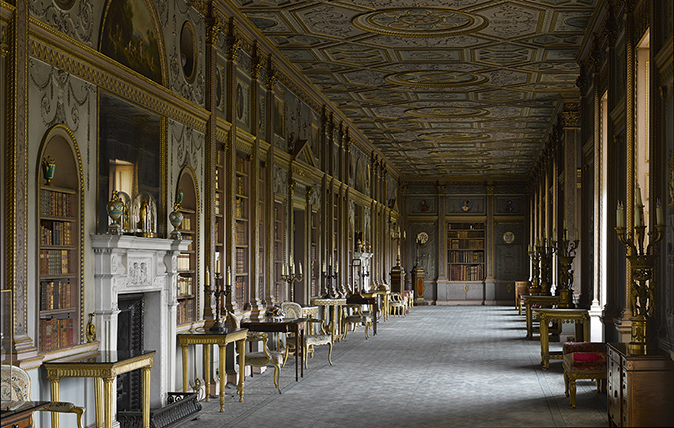
The Country House Library: Why these rooms and their collections need to be taken much more seriously
A new account of the country-house library will compel us all to reassess these rooms and their collections, says John

John spent his childhood in Kenya, Germany, India and Yorkshire before joining Country Life in 2007, via the University of Durham. Known for his irrepressible love of castles and the Frozen soundtrack, and a laugh that lights up the lives of those around him, John also moonlights as a walking encyclopedia and is the author of several books.
-
 The King's favourite tea, conclave and spring flowers: Country Life Quiz of the Day, April 22, 2025
The King's favourite tea, conclave and spring flowers: Country Life Quiz of the Day, April 22, 2025Tuesday's Quiz of the Day blows smoke, tells the time and more.
By Toby Keel
-
 London is the place for me* (*the discerning property buyer)
London is the place for me* (*the discerning property buyer)With more buyers looking at London than anywhere else, is the 'race for space' finally over?
By Annabel Dixon